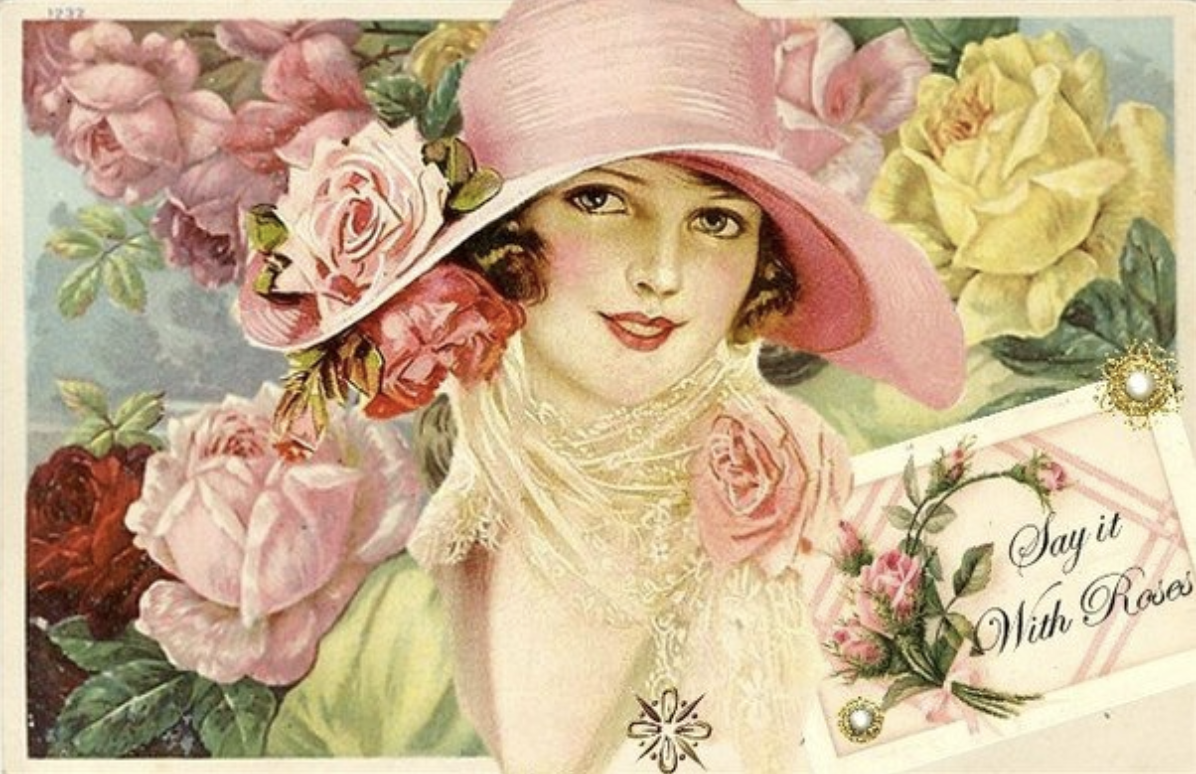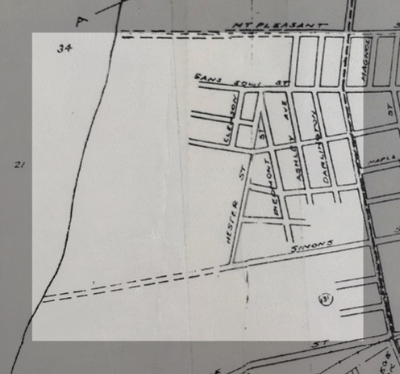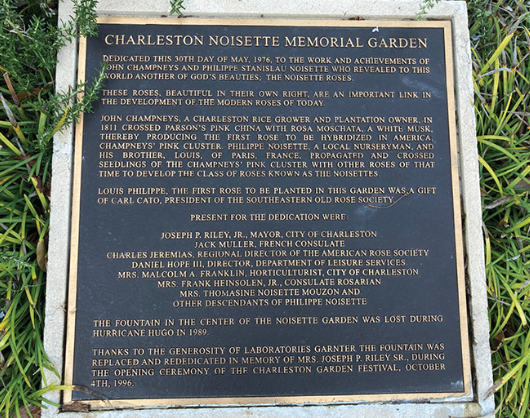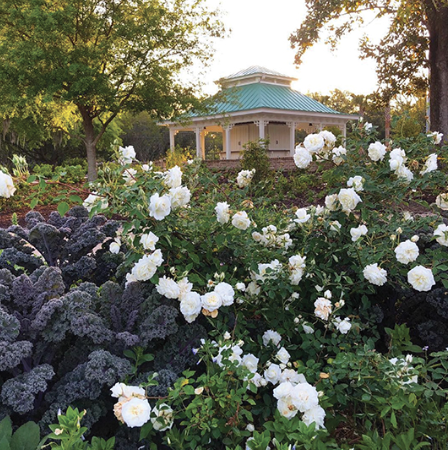Published October 21, 2025
How a Charleston Rose Made Paris Blush

We all know Wagener Terrace today as one of the most popular neighborhoods on the peninsula — full of charm, tree-lined streets, and great local restaurants. But long before it became a thriving residential area, it was home to Noisette Farm, the birthplace of a famous rose. Phillippe Stanislas Noisette, a talented horticulturist, cultivated a beautiful garden here where he developed the ‘Old Blush Noisette’ rose — a fragrant, repeat-blooming variety that went on to gain international fame. It’s a lovely reminder that beneath today’s lively neighborhood lies a piece of Charleston’s floral history.
International Family
Philippe was born in Paris in 1773 into a distinguished family of French horticulturists. He was the second son of Joseph Noisette, gardener to the Count of Provence, the future Louis XVIII. He struck out on his own as a young man and moved to the island of Haiti. Haiti had the perfect climate for a young botanist, and here he fell in love with and married a beautiful Haitian woman named Celestine. In 1794, to escape dangers of the Haitian slave revolution, the young couple moved their family to Charleston where he accepted a position as Superintendent of the South Carolina Medical Society Botanical Gardens. He purchased a large tract of land on the outskirts of the city bordered by King, San Souci, Simons and Hester Streets giving him enough room to develop his gardens and nurseries on what came to be known as Noisette Farm.

Meanwhile, out near Ravenel around 1811, a Charleston rice grower and plantation owner, John Champneys, a friend of Phillip's, made the first recorded cross of roses in America to create Champneys' Pink Cluster from the European Rosa moschata (Shakespeare's musk rose) and the Chinese 'Old Blush'. Philippe, a friend of Champneys, began propagating Champneys rose and crossed seedlings of Champneys Pink Cluster with other roses of the time to develop the class of roses known as the Noisettes. Philippe became famous for developing and raising the Old Blush Noisette. After sending the rose to his brother Louis in Paris, also a horticulturist, the plants became so popular they sold all over Europe and America as a fully developed class of roses. Philippe Noisette and John Champneys were recognized as the esteemed creators of the Noisette Roses. In 1976 the City of Charleston honored the Noisette Rose with the erection of a rose garden in front of the Gaillard Auditorium, the Noisette/Gaillard Rose Garden. And, it's still there!

Because of the miscegenation laws of South Carolina, Philippe was forced to declare his wife Celestine and all six of their children as his slaves. Shortly before his death Philippe petitioned the state for the emancipation of his wife Celestine and their six children; they were in fact later emancipated and allowed to secure their inheritance.
When Philippe Stanislas Noisette died in Charleston in 1835, he left behind an interesting legacy: a family of mixed heritage whose future in the South was uncertain, a reputation as the Botanist of Charleston with the gardens and plant collections he had established, and his name attached to a brand-new class of roses—the first to be developed in the United States.

The family land continued to produce the luscious flowers and his descendants sold them into the first half of the 20th century in this area of the Upper Peninsula that became known as the Rose Garden. The land was sold off bit by bit making way for one of our favorite residential neighborhoods, Wagener Terrace. To this day a number of family members remain in the Charleston area.





